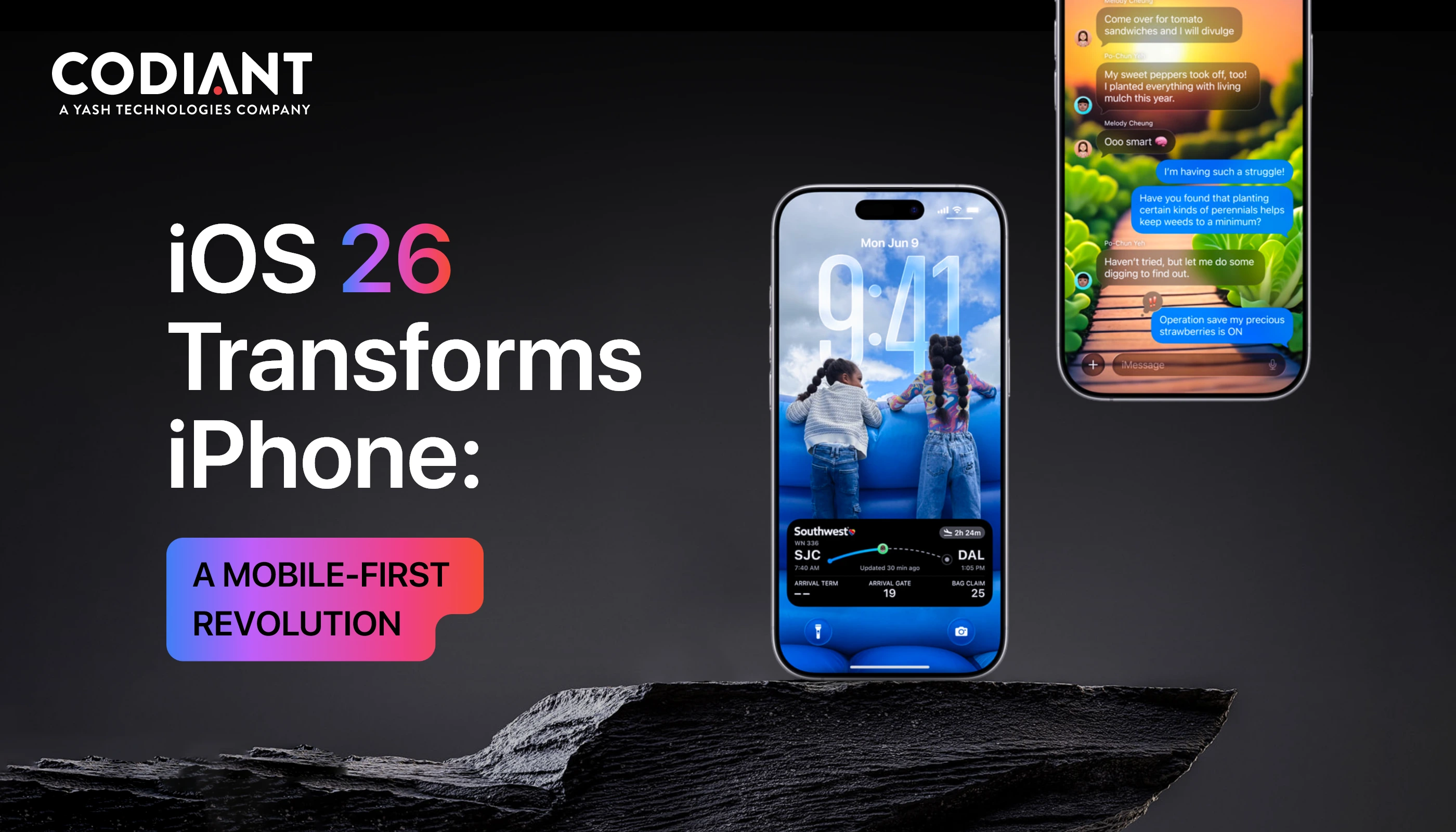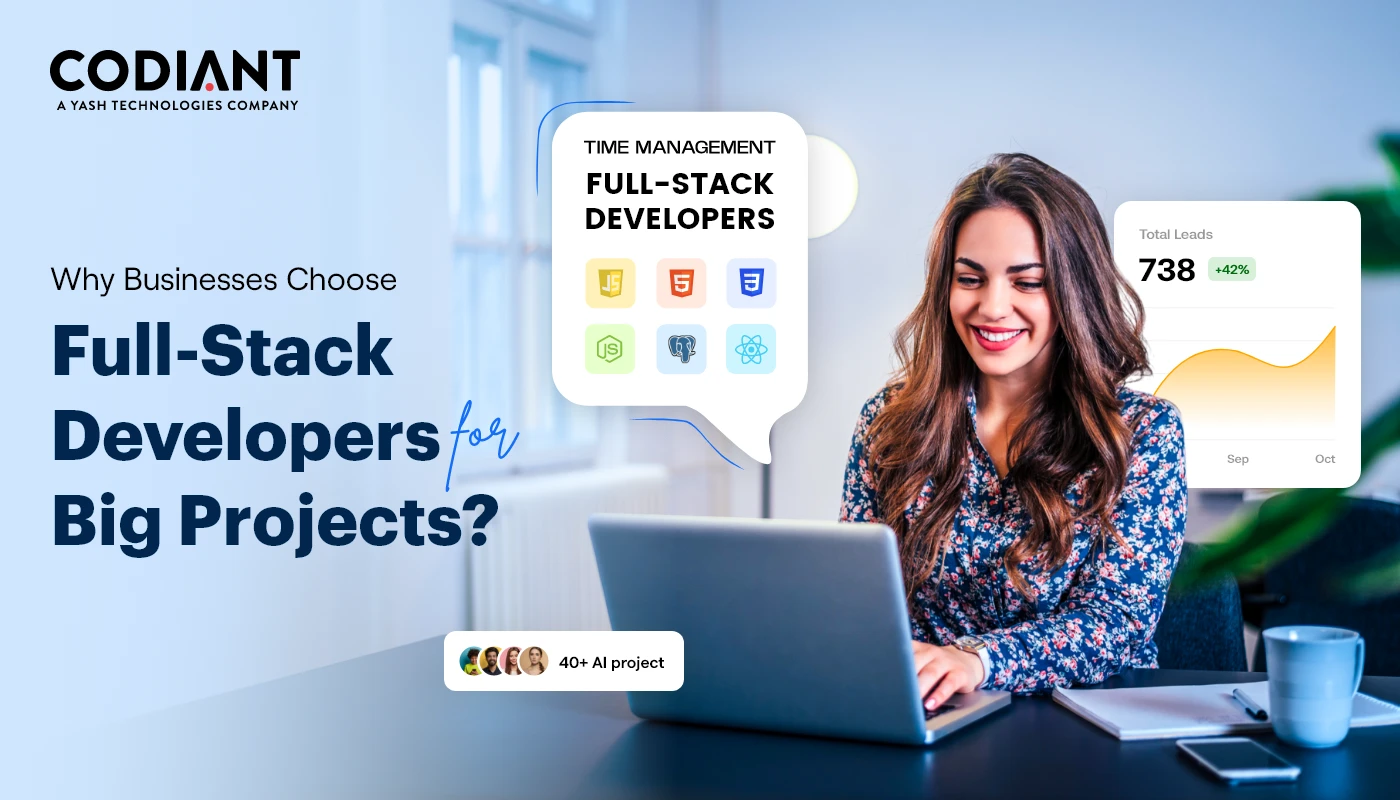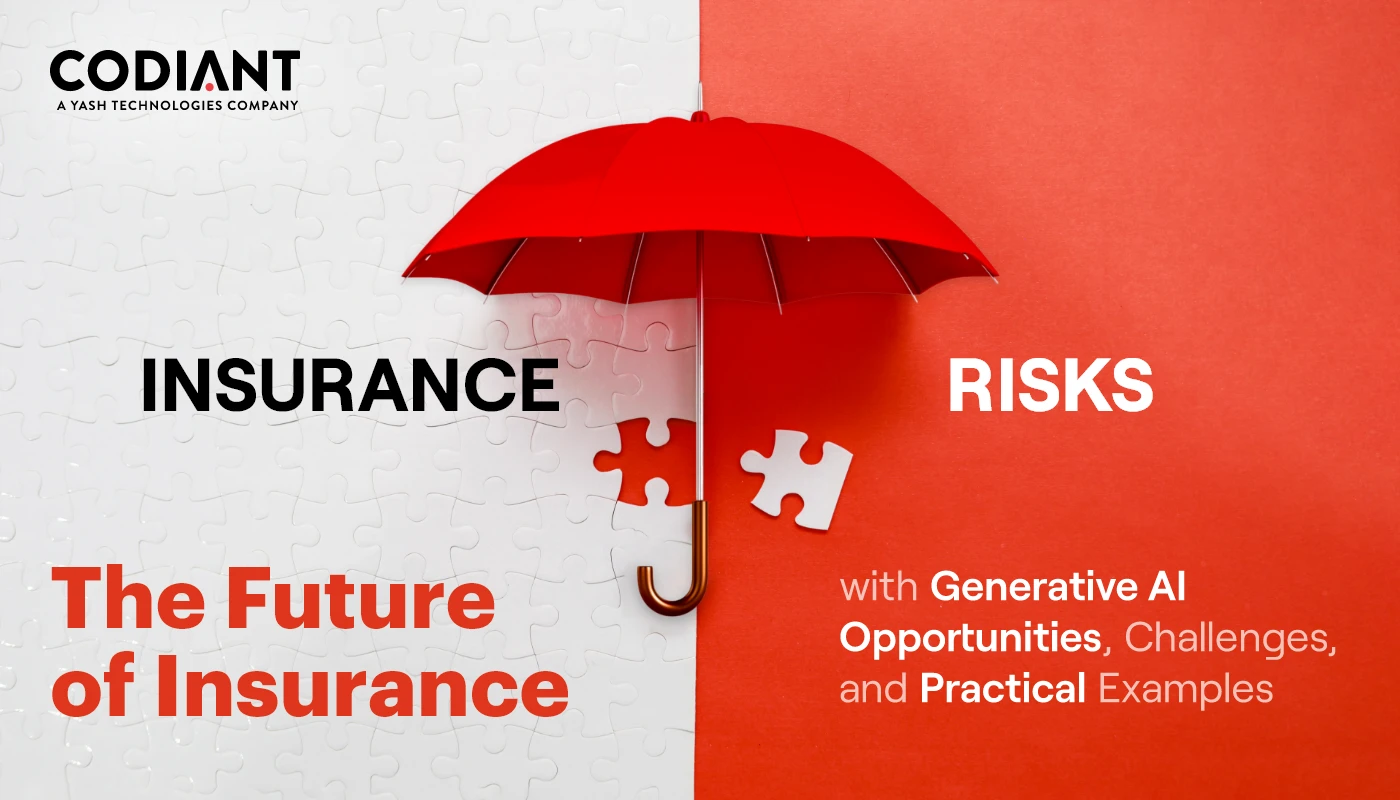iOS 26 Redefines the iPhone Experience: A New Playbook for Mobile-First Brands
Table of Contents
Subscribe To Our Newsletter

iOS 26 isn’t just another version update, it’s Apple’s boldest step yet in humanizing technology. With every layer of design and intelligence, iOS 26 redefines what users expect from mobile interactions. This is about a new philosophy that technology should feel intuitive, responsive, and deeply personal.
For businesses, this changes everything. It’s no longer about releasing features—it’s about creating moments that feel effortless. Apps must evolve from being useful to being instinctive.
For product teams, founders, and CX leaders, iOS 26 is far more than a simple iOS update that they must adapt to. Actually, it’s a new canvas redefining the whole new experience for iPhone users.
However, the question isn’t “How do we fit into iOS 26?” it is “How do we lead with it?”. In this post, let’s decode what this means for businesses ready to build the next generation of mobile experiences.
New Features Rolling Out in iOS 26 Upgrade
Explore transformative features driving a new era of mobile UX, pushing mobile-first brands to adapt, innovate, and meet evolving user expectations.
Liquid Glass: Design That’s Meant to Be Felt, Not Just Seen

Apple has introduced a new design language called Liquid Glass. Apple’s new ‘Liquid Glass’ design isn’t just visual—it’s spatial, fluid, and behavior-aware. Interfaces float, respond to light, and mirror motion, creating depth and emotion. For apps, this demands a rethink of interaction logic and a shift from static UI to sensory experience.
This means reconsidering layout logic, visual hierarchies, and interaction patterns for app designers and product owners. Apps now need to behave with a boost that matches the system, and it is because, anything less will feel jarring here.
Apple Intelligence: Smart Features Without the Data Trade-Off

While design gets a sensory boost, Apple Intelligence brings the smarts without compromising privacy.
On-device intelligence is a decision move of Apple that respects user privacy. With Apple Intelligence, iPhones now process personal data locally. This means, calendars, photos, messages, and mail are used to power features without being shared or stored externally.
Key capabilities:
- Live translation during FaceTime and calls.
- Tap a screenshot and create an event or reminder for visual understanding.
- Summaries of emails, orders, and content inside native apps.
- Custom Genmoji, created from your prompts.
For businesses including finance, healthcare, or legal sectors developing B2C apps, Apple intelligence opens a world of AI-powered UX that’s both powerful and privacy-aligned. You can now mirror these principles with custom models that run securely on-device.
CarPlay Ultra: The Vehicle Is the New Interface

Apple continues to invest in the in-car experience. With CarPlay Ultra, iPhones can now control vehicle functions like air conditioning, seat adjustments, and more.
The new UI includes:
- Compact call notifications.
- Live Activity widgets.
- Seamless access to messaging and navigation.
If you’re in mobility, ridesharing, logistics, or automotive, this is your signal. The iPhone is no longer just the passenger, it’s becoming the dashboard. And apps that integrate with driving behaviors, real-time vehicle data, or on-the-go communication are now central to the experience.
Apple Games App: A Quiet Move with Big Implications

Apple has launched a unified Games app, housing all Apple Arcade titles, App Store games, and user activity in one place.
For gaming studios, this increases visibility and engagement. For brands outside the gaming world, it reinforces something bigger and leans into centralized, content-first ecosystems. Apps that educate, entertain, or inform users can borrow from this structure. Also, they can build hubs that consolidate features, content, and user actions in a single home base.
AirPods: New Standard for Effortless Screen-Free Control
We’re entering the era of ambient UX where voice, sound, and movement replace taps and swipes. For apps that rely on voice input, audio instructions, or hands-free operation, this unlocks a new UX layer worth designing for.
AirPods are now more than wireless earbuds. It offers-
- Voice isolation for cleaner calls.
- Voice boost during FaceTime and recordings.
- Camera control gestures from your ear.
Who can benefit? For healthcare, remote teams, content creators, and field service professionals, AirPods are an elegant way to enable control without screen interaction.
Smart Calling: Phone Dialer Just Got a CX Upgrade

iOS 26 quietly transformed the iPhone’s most fundamental function: the call.
Two new features deserve attention:
- Hold Assist: Apple now monitors your hold music and notifies you when the human on the other end is finally back.
- Call Screening: Incoming unknown calls can be screened in real-time to filter spam.
For any business that relies on phone interactions in terms of support, sales, or operations, these changes user expectations. Apps with in-app calling or VoIP features will need to rethink how they integrate with the native dialer and voicemail.
Mini Workflows: Messages Are No Longer Simple Conversations
Messages in iOS 26 bring a mix of personalization and utility:
- Group polls and Apple Cash transfers.
- Custom chat backgrounds per thread.
- Typing indicators in group chats.
- Smarter filtering for unknown senders.
These aren’t flashy updates. They’re thoughtful updates, making it easier for teams, customers, and families to communicate without clutter. For SaaS and productivity apps, this is a nudge to simplify group collaboration, notifications, and in-app chat with similar personalization and precision.
Small Tweaks, Big Impact: UX Updates That Stick Soft

Check these updates. It may not grab headlines but definitely increase user satisfaction, reduce friction, and improve retention. That’s the bottom line for any digital product.
Some of the best enhancements in iOS 26 are the quiet ones:
- Wallet now supports installment payments and boarding passes that update in real-time.
- Maps includes privacy-safe visit tracking and better commute predictions.
- Photos splits content into Library and Collections for smarter curation.
Final Words
Don’t just update your app, update your future. The AI-Powered iOS 18 is designed to be more than just another upgrade it’s a shift in perspective. With iOS 26, the journey of iOS app development and mobile computing takes a transformative turn, blending intelligence, elegance, and empathy at its core.
For brands and tech leaders, the message is clear:
- Design less for attention, more for emotion.
- Build less around data extraction, more around trust.
- Stop forcing users to adapt and start adapting to them.
At Codiant, we’re watching this shift closely and already building with it in mind. We’ve already begun rethinking how our partner apps will evolve for this new era. From iOS AI-enhanced experiences to dynamic, immersive design systems, we’re here to help you build mobile products that feel like they belong in iOS 26 not behind it.
Reimagine Your iOS Experience with Intelligence, Clarity, and Craft.
Featured Blogs
Read our thoughts and insights on the latest tech and business trends
Why Hiring Full-Stack Developers Makes More Sense for Complex Projects
- October 17, 2025
- Staff Augmentation
Let’s start with the obvious- software projects are messy. They never roll out like those neat diagrams in pitch decks where every arrow points forward and nothing breaks. Complex projects - think SaaS platforms, enterprise... Read more
Generative AI in Insurance: Benefits, Risks & Use Cases
- October 15, 2025
- Artificial Intelligence
In a Nutshell: Generative AI is giving insurance a major upgrade - turning hours of paperwork into minutes of smart automation. It helps insurers read claims, write summaries, and understand risks faster than ever before.... Read more
AI in Warehouse Management – Challenges, Benefits, Costs
- October 10, 2025
- Artificial Intelligence
In a Nutshell: Warehouses are under pressure from labor shortages, rising costs & real-time order demands. Traditional systems can’t keep up - AI brings predictive, responsive & automated solutions. AI benefits include sharper forecasting, faster... Read more





